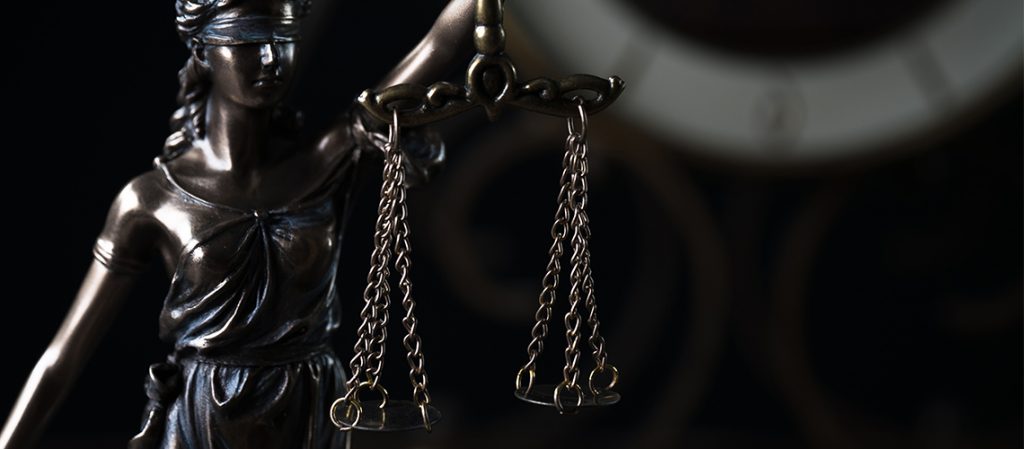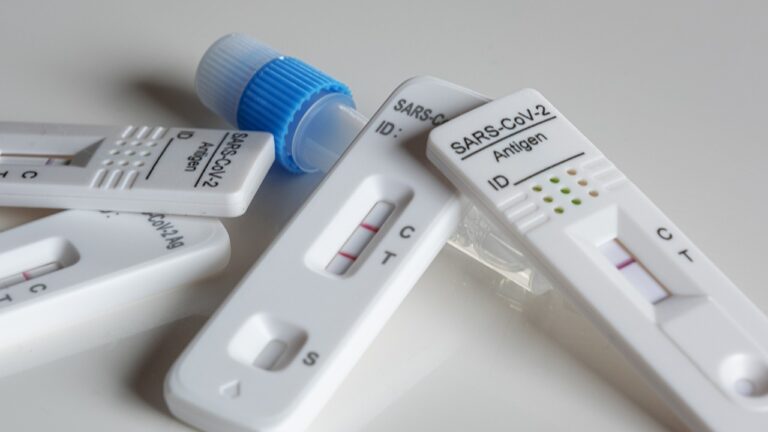Yesterday, a Dutch court for the first time fined a person for illegally flying a drone. This makes for a good time to draw up the dos and dont’s of using drones, all the more because SOLV recently acquired several of them and my colleagues have been using them with enthusiasm.
The fine
The man fined by the court is a professional press photographer. He flew a home-built drone over a crime scene in Vlaardingen. Aviation police said it took down the journalist’s drone because the vehicle posed a risk, flying in the approach path to the runway at Rotterdam The Hague Airport.
The incident upset both the photojournalist and the Dutch Union of Journalists (NVJ). The man said his drone was flying at an altitude of 10 metres at the most and could therefore never have jeopardised traffic at the airport. According to NVJ, current legislation in the Netherlands makes it virtually impossible for journalists to use drones.
The press photographer appeared in court earlier this month to plead his case. To little avail: the court fined him EUR 1,000 (EUR 750 of which conditionally). Incidentally, the maximum penalty for illegally flying a drone is a EUR 7,800 fine or six months’ imprisonment.
The rules
Rules and regulations for flying drones serve to protect the general public’s safety and privacy (drones may crash or film your back garden) and to regulate airspace use (drones may collide with passenger aircraft). The regulations distinguish between two situations:
1 – flying for recreational purposes, not for profit or consideration; and
2 – flying in the performance of a business or profession, or for a consideration or profit.
Practice, training and tuning flights and flights to capture photo or video footage for private purposes (including advertising) are also categorised as commercial flying.
Recreational flying
Drones in the first category are regarded as model aircraft and flying them is governed by the rules of the Dutch Model Aircraft Regulations (Regeling modelvliegtuigen), which were replaced by the Dutch Aeromodelling Regulations (Regeling modelvliegen) in December 2005. Although the Aeromodelling Regulations do not set specific requirements for drones themselves, they do prohibit flying them in certain locations where doing so would be unsafe, for example over roads and built-up areas.
Commercial flying
Drones in the second category are subject to the rules of the Dutch Aviation Act (Wet Luchtvaart), which are considerably stricter than the Aeromodelling Regulations. In principle, flying a drone for commercial purposes is prohibited unless you hold an exemption granted by the Dutch Human Environment and Transport Inspectorate (ILT).
Obtaining such an exemption is far from easy. Applicants must complete a training course, pass a practical exam and submit an operational manual, and the drone must be inspected and registered. Even with the exemption, model aviators must satisfy a range of additional requirements, including ensuring a minimum distance of 150 metres from people and buildings. In addition, each flight requires an exemption for temporary and exceptional use (TUG-ontheffing) issued by the provincial authorities and must be notified to the local air traffic control service five days in advance and to the relevant municipality’s mayor, ILT and aviation police 24 hours in advance. More information about the application procedure is available here.
All these requirements are impracticable to journalists, who must be able to quickly respond to real-time situations. It is therefore impossible for them to use drones in the course of their profession. This may be tough on them, but that’s just the way it is based on current legislation.
Taking photos or shooting videos using a drone
It makes no difference to the application of the rules discussed above whether a drone takes photos or shoots film. With effect from 1 June 2013, aerial photography no longer requires a permit. Nevertheless, intentionally filming or taking photos inside homes or in non-public places without prior notice is punishable. It is essential to respect the privacy of others around you. So filming your neighbour while she is sunbathing topless in her garden is not allowed, regardless of whether or not you use a drone.
Looking ahead
There is a strong call for relaxation of the regulations for commercial drone use. A draft decree setting out rules for remotely piloted aircraft systems is currently before the Dutch Council of State (Raad van State) for its opinion. In NVJ’s view, however, this decree will not provide the required scope. The European Union is also developing regulations governing the use of drones. Bearing in mind that drone rules in other EU countries are more flexible than those in the Netherlands, this potentially holds more prospects for commercial drone flyers.
The news report on NOS.nl is available here.
Blog amended on 29 December 2014:
– The man did not take photos with the drone
– NVJ did not assist the man in the criminal proceedings



